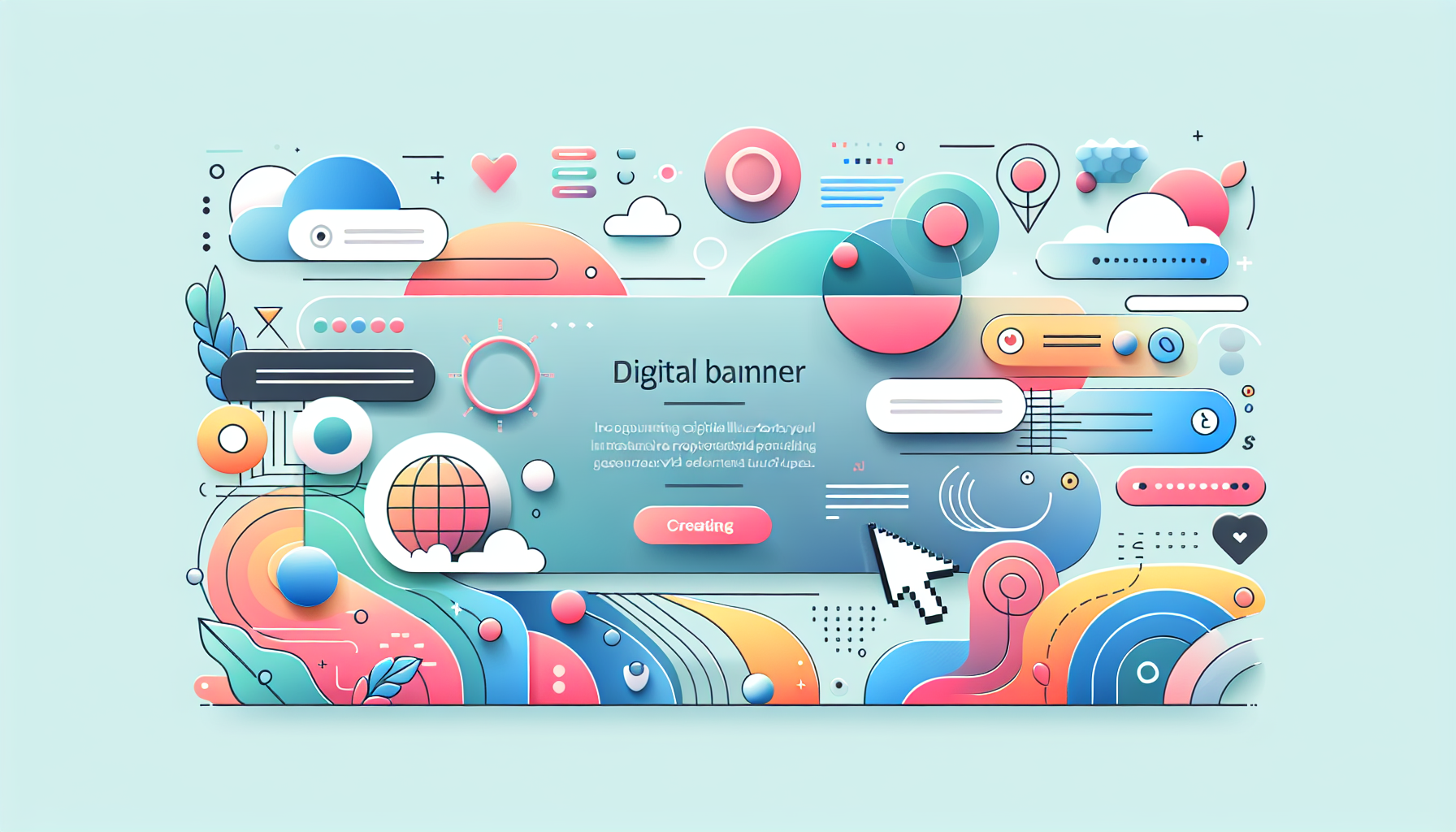
Unlocking the Power of Webflow Interactions in Modern Web Design
In today’s competitive digital landscape, creating engaging and interactive web experiences is no longer optional — it’s essential. Webflow has emerged as a powerful platform that empowers designers and businesses to craft visually stunning, interactive websites without deep coding knowledge. Its Webflow interactions feature offers a robust toolkit to animate, engage, and delight users, driving higher user engagement and keeping pace with the latest web design trends.
At Belov Digital Agency, we leverage Webflow’s capabilities to craft immersive online experiences tailored for our clients across the USA, UK, and Canada. This comprehensive guide explores how to use Webflow interactions effectively to build dynamic websites that captivate users and convert visitors.
Understanding Webflow Interactions and Why They Matter
Webflow interactions are a set of visual triggers and animations that respond to user behavior—like scrolling, clicking, hovering, or page load events. These can range from simple fade-ins and slide-ins to complex multi-step animations that tell a story or guide users through content seamlessly.
- Enhance User Experience: Interactions create a sense of flow and responsiveness which make pages feel alive.
- Boost Engagement: Interactive elements invite users to explore the site more fully, increasing time-on-site and conversion rates.
- Stay on Trend: Modern web design trends emphasize micro-interactions and motion to meet user expectations shaped by popular apps and platforms.
Webflow interactions provide all this without the complexity of JavaScript coding, enabling designers to visually craft animations and triggers with precise control.
Step-by-Step Guide to Creating Interactive Experiences with Webflow
1. Plan Your User Journey and Interaction Goals
Before diving into interactions, map out what you want visitors to experience:
- Do you want them to notice key product features as they scroll?
- Should CTAs animate on hover to invite clicks?
- Will interactive storytelling sections guide them step-by-step?
Having clear goals will guide which interactions to apply where.
2. Explore and Get Inspired by Webflow’s Interactive Website Examples
Webflow’s Interactive Website Gallery showcases hundreds of professional examples, from minimalist scroll effects to rich multimedia animations. Reviewing these helps understand real-world applications and sparks idea generation.
Notable examples include interactive portfolios and product showcases that combine smooth scroll-based animations with clickable hotspots to reveal more detail.
3. Master the Webflow Interactions Panel
The Interactions panel is your control center for creating animations triggered by user events. Some key interaction types include:
- Page Load Animations: Animate elements when a page first appears to impress users from the start.
- Scroll-Based Animations: Pin elements, fade sections in or out, and build parallax effects tied to scrolling.
- Hover and Click Interactions: Trigger animations on buttons or images for intuitive feedback.
- Mouse Move Effects: Create subtle 3D or parallax effects responding to cursor movement.
For deeper mastery, check out tutorials on Webflow University, a valuable free learning resource.
Examples of Interactive Webflow Sites Driving Engagement
Several standout sites built with Webflow show the platform’s versatility:
- Okalpha: Uses bright colors and playful 3D shapes with subtle hover effects to balance fun and simplicity. Navigation features slide-in content boxes triggered by clicks to maintain a clean interface while offering depth (Flux Academy).
- The Goonies Interactive Site: A smooth scroll experience combined with clickable characters unlock detailed stories through text, images, and video. Animations and hover effects enrich the narrative journey, earning industry awards for engagement.
These examples highlight how tailored animations, combined with thoughtful UX design, can captivate visitors and elevate brand storytelling.
Integrating Interactions With Responsive Design and SEO
Interactive design must be balanced with usability and performance:
- Responsiveness: Ensure that animations look great and function smoothly across devices. Webflow’s built-in responsive tools help adapt interactions from desktop down to mobile.
- Performance: Optimize animations to avoid sluggish page loads, which could harm engagement and SEO rankings.
- Accessibility: Use interactions to enhance content without hindering keyboard navigation or screen readers.
Additionally, Webflow’s automated Kinsta-powered hosting delivers fast loading speeds essential for interactive sites, combining user experience with strong SEO performance.
Enhancing User Engagement with the Latest Web Design Trends
Webflow interactions allow you to embrace key trends such as:
- Micro-Interactions: Small animations like button hover effects or toggling content sections add delight and clarity.
- Scroll-Triggered Storytelling: Control narrative pacing with animations synchronized to scrolling behavior.
- 3D and Parallax Effects: Add depth and realism using mouse-move triggered or scroll-based parallax animations.
- Dark Mode and Theming: Combine interactions with theme switches for dynamic visual experiences.
Keeping up with these trends ensures your sites look fresh, modern, and user-centric.
Why Belov Digital Agency Chooses Webflow for Interactive Web Design
As a leading WordPress and Webflow development agency serving clients internationally, we appreciate Webflow for its flexibility and power. It bridges the gap between design and code, allowing our team to prototype, iterate, and launch cutting-edge interactive sites efficiently.
We combine Webflow’s visual development environment with best practices in UX, SEO, and hosting optimization (including partnerships with Kinsta) to deliver websites that not only look stunning but perform exceptionally well.
Final Thoughts on Creating Interactive Web Experiences
Harnessing the full capabilities of Webflow interactions empowers designers and businesses to build engaging, memorable websites that drive user engagement and conversion. By thoughtfully planning interactions aligned with user goals, drawing inspiration from leading examples, and optimizing for performance and accessibility, your web projects can truly stand out.
Ready to transform your website into an interactive experience that captivates your audience? Explore how Belov Digital Agency can help you unlock the potential of Webflow and deliver an exceptional online presence.
Learn more about innovative web design trends and expert services by visiting our blog and portfolio pages, and don’t hesitate to reach out for a personalized consultation.













